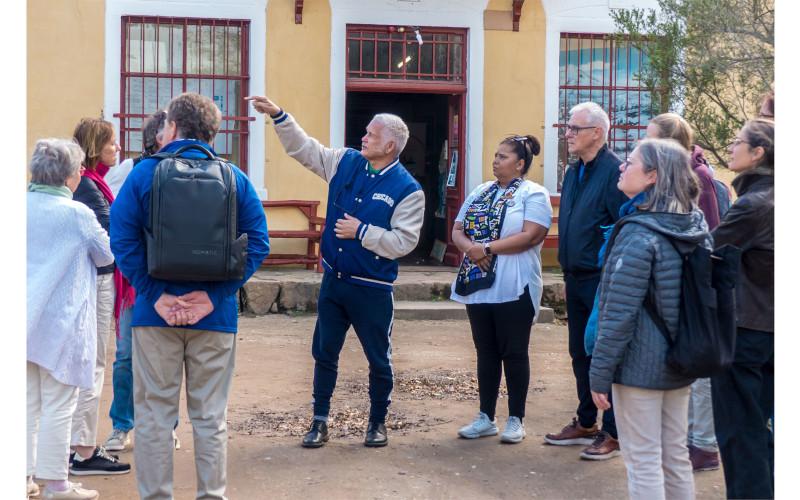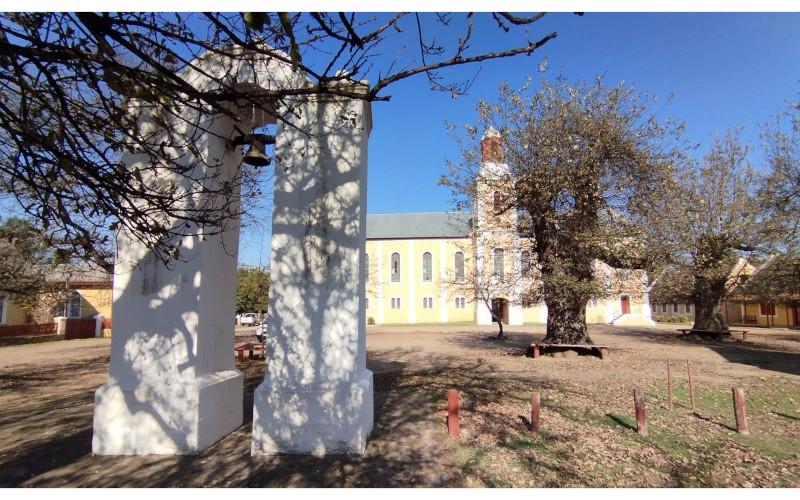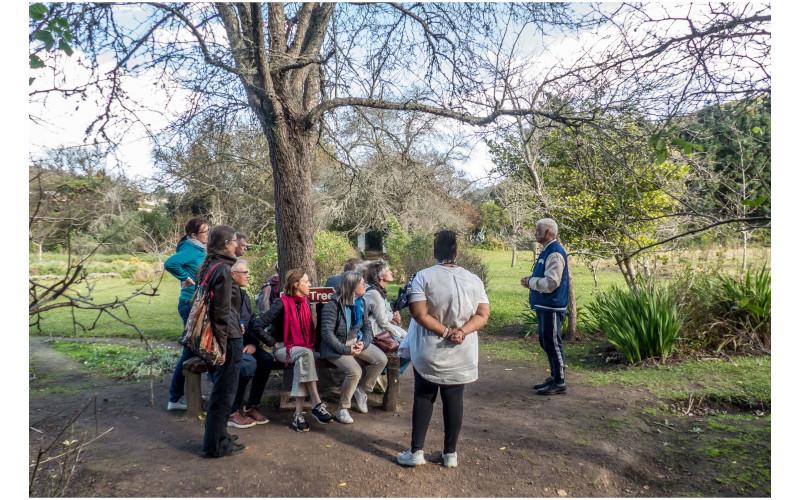This Stellenbosch Congress Diary comes to us from Jürgen May, Bonn, Germany, Associate Professor Extraordinary at Africa Open Institute of Music, Research and Innovation (Stellenbosch University):
A number of congress participants took the opportunity to join the post-congress tour to Genadendal, a small town in the Overberg district that was founded by Moravian missionaries from Herrnhut (Saxony) in the 18th century. Music, and hymn singing in particular, was essential in the Moravians’ evangelism and worship, and thus the Genadendal Museum holds a notable collection of music prints and manuscripts as well as musical instruments. The music collection has recently been catalogued and digitised in a project whose proposal I had presented at the IAML Congress in Leipzig in 2018, and which could eventually come into being thanks to funding from the German Foreign Ministry and Stellenbosch University (Genadendal Music Archive). At this year’s congress my colleague Inge Engelbrecht and I presented a critical review of the project’s colonial-historical and present-day cultural implications.
Dr Isaac Balie, who founded the Museum and directed it for many years, welcomed the group and showed them around the historical village, including the iconic pear tree garden. Legend has it that the first missionary, Georg Schmidt, who arrived in the area in 1738, used to gather the indigenous Khoisan people in this very place under a pear tree he had planted to read to them from the Bible.
The tour continued in the museum, now guided by the present museum manager, Judith Balie. Here, Genadendal’s history is documented through numerous objects and display panels, starting from the arrival of Georg Schmidt and continuing until Nelson Mandela’s visit to Genadendal in 1995. I had the honour of assisting Judith when we got to the showroom where the musical instruments are on display, including South Africa’s first church organ from c.1825. As an extra, the participants were given the opportunity to see some of the music prints and manuscripts that are kept in the Museum’s archive.
Many thanks to all those who followed my suggestion and helped organise this tour to a very special place in South Africa off the beaten tourist track.
- Like Facebook
- Partager sur Facebook
- Identifiez-vous pour poster des commentaires







